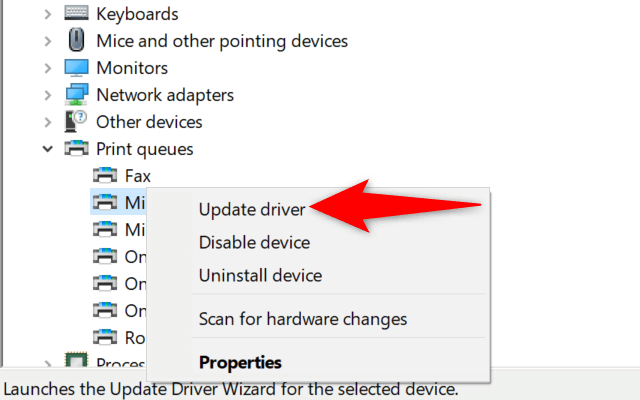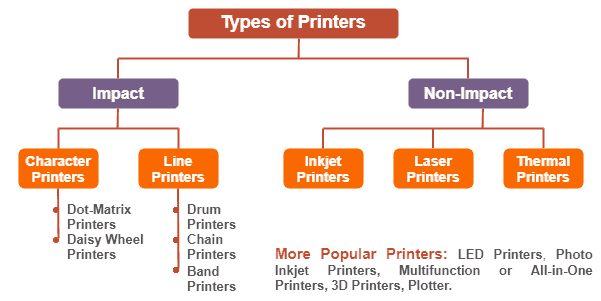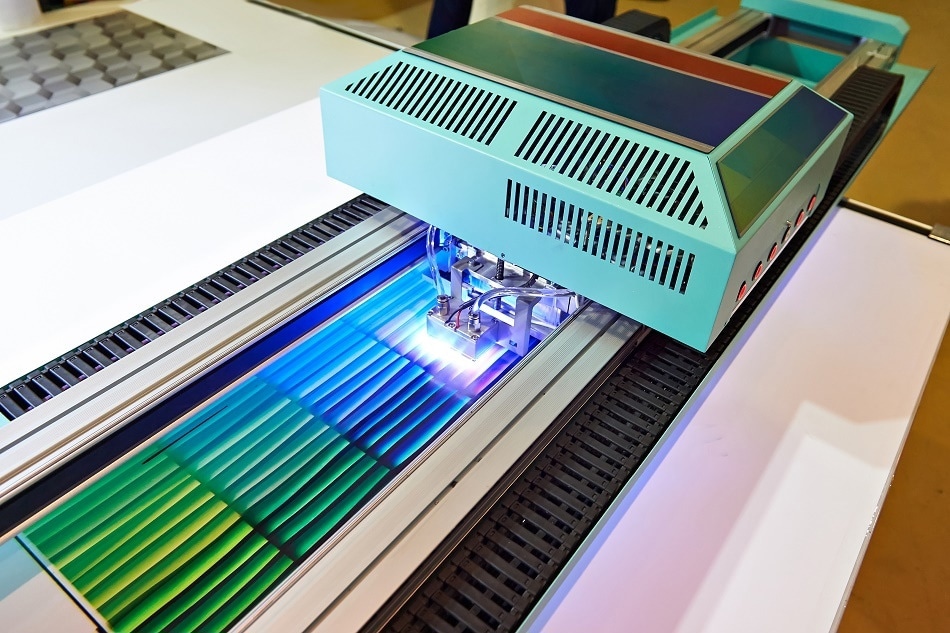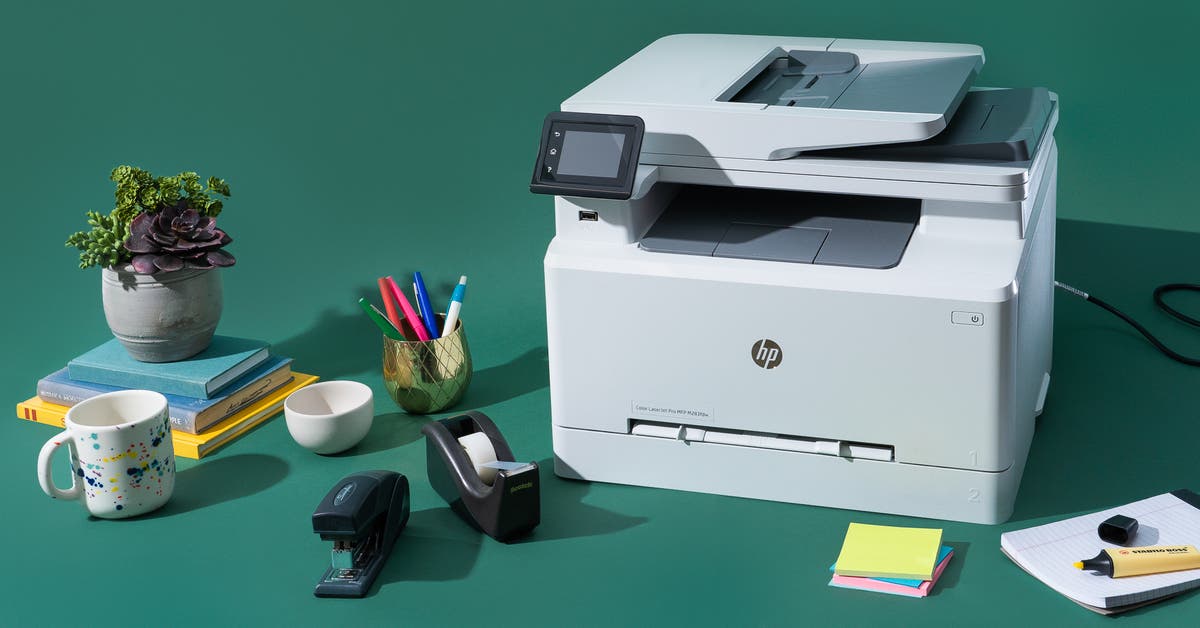Unveiling the Mystery: What is Size 60 in Baby Clothes?
Introduction
Shopping for babies isn't as simple as it seems, especially when it comes to clothing. You need to consider many factors, from fabric quality to the ever-confusing size labels. In this article, we demystify one such riddle: what is size 60 in baby clothes? We will compare this size with others, discuss its significance, learn about its variance among different brands, and share tips on care and maintenance.
What Exactly is Size 60 in Baby Clothes?
Size 60 in baby clothing forms an essential part of several sizing systems across the globe. But, what does it really stand for? Here's a breakdown:
- Measurement: Size 60 typically refers to clothing made for babies approximately 60 centimeters in body length.
- Age Range: This size generally fits babies around 3-6 months old. However, remember, this is a rough estimate, given that the growth pace can vary significantly among babies. Your little one may be ready for size 60 earlier or later than the 3-6 month prediction.
- Geographical usage: The measurement method adopting '60' as a size is common in Asian and European countries. This is contrasted with the predominantly age-based sizing system used in the United States.
In sum, size 60 in baby clothes takes into account the average body length of infants during their initial few months. Since there's no universal standard, using size guidelines along with brand-specific size charts can make the daunting task of shopping for your little one a tad bit easier.
How Does Size 60 Compare to Other Sizes in Baby Clothes?
Navigating baby clothes sizes can be bewildering, especially with international variations. Here's a simplified comparison of size 60 with other sizes for better understanding:
- Size 60 and US System: In the American system, weight and age are used as standard measures. Size 60, suited for babies of 3-6 months, ties with their equivalent age group. However, individual baby sizes may vary due to growth rates.
- Size 60 and UK System: The UK sizing system, similar to the US, also focuses on age. The 3-6 months bracket aligns closely with size 60, yet it's not an exact match.
Certain factors to bear in mind when comparing sizes:
- Movement Space: Regardless of the sizing system, consider the room the clothing allows for movement, which is essential for your baby's comfort.
- Diaper Room: Baby clothes should have enough space to accommodate diapers without being too tight or too loose.
- Comfort: Above all, comfort is key in selecting any size. Even if the chart indicates a particular size, it's advisable to make sure the clothes don't restrict your baby's movement or irritate their skin.
In essence, while comparing size 60 with other baby clothing sizes, it's essential to remain flexible. Sizes can change significantly between different brands and regions. Always prioritize your baby's comfort and fit over numerical or age-based sizes. A comfortable baby is a happy baby!
How Does Size 60 Vary Among Different Clothing Brands?
It's no secret that baby clothing sizes can show drastic variations across different brands, and size 60 is no exception. This disparity is born out of the lack of a universal sizing standard for baby clothes, leading each brand to develop their unique measurement system. In understanding the degree of this variation, it's helpful to remember the following key points:
- Brand-specific sizing: Some brands make their size 60 baby clothes a bit loose, allowing room for movements and accommodating bulkier diapers. Conversely, others tend to run smaller, which might be a snug fit.
- Inconsistencies: Even within the same brand, there could be sizing inconsistencies between ranges and designs. For instance, the size 60 of a winter collection might fit differently to a summer collection from the same brand.
- Reliance on size charts and reviews: Owing to this variation, parents should not blindly trust the size mentioned but rather depend on individual brand size charts. Reviews from other parents regarding a particular brand's size could also provide substantial insight.
- Trying out clothes: One surefire way to determine the right fit is by trying the clothes on your baby (if possible) before finalizing the purchase.
This wide-ranging disparity in size 60 among different baby clothes brands further underlines the importance of awareness and mindful shopping.
Why is Correct Sizing in Baby Clothes So Crucial?
The significance of exact sizing in baby clothes is often undervalued but plays a huge part in your infant's comfort, ease, and safety. Below, we breakdown why it is an aspect that should never be sidestepped:
- Comfort: It's all about feeling good in what they're wearing. Clothes that are too tight may chafe your baby's delicate skin and restrict their movements. Conversely, clothes that are too loose may not provide ample warmth, leaving them chilly.
- Practicality for Parents: Parents are repeatedly changing their baby's clothes throughout the day due to feeding spills or diaper leaks. Clothes that are correctly sized can make these frequent changes easier and smoother.
- Safety: Large loose-fitting clothes may pose a safety risk. They might increase the chances of them getting entangled in objects around them. Similarly, small tight-fitting clothes with buttons can lead to choking hazards if those buttons were to come loose.
- Durability: Clothes that are the right size for the baby tend to last longer. They undergo less wear and tear as they wouldn't be stretched excessively (for small clothes) or not used frequently (for large clothes).
In conclusion, just like how you wouldn't want to wear clothes that are too tight or too loose, neither would your babies. It's always better to put a little extra effort into finding the perfect fit for your little one's clothes, to give them a comfortable and safe experience.
How Do You Care for Size 60 Baby Clothes?
When it comes to taking care of clothes for your little one, especially those of size 60, certain attentiveness and steps are essential. These help not only in maintaining the quality of these garments but also in guaranteeing their longevity. Here's how you can effectively care for these baby clothes:
Check for Durable Materials
- Your first line of defense should be selecting clothes made from durable materials. Babies can be messy, leading to several clothing changes within a day. Hence, the chosen attire needs to endure persistent washing cycles.
Use Baby-Friendly Detergents
- Babies have sensitive skin, so harsh chemicals found in regular detergents can trigger allergic reactions. The American Association of Pediatrics recommends using mild detergents specially created for babies to prevent any possible skin irritation.
Follow Care Instructions
- Typically, the clothes come with specific washing and drying instructions stitched on a label. Herein lies the secret to the garment’s longevity:
- Reading this label will offer insight into the correct temperature setting for washing these tiny garments. For instance, cotton clothes require cold water, while synthetic fibers need warm water.
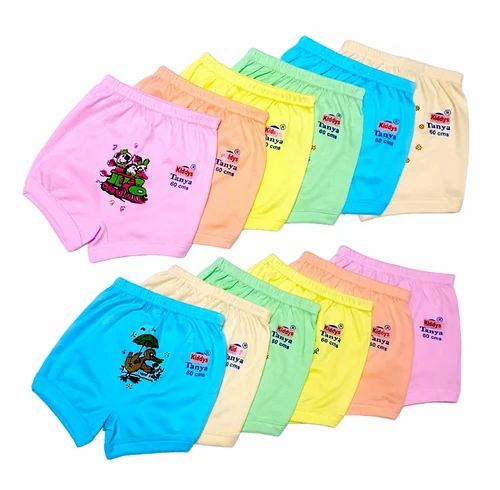
- The label will also indicate if a garment is suitable for tumble drying. Some clothes of size 60 might not withstand the intense heat and end up shrinking. Usually, it's best to air dry baby clothes.
Proper care for size 60 and all other baby clothes isn't just about maintaining their appearance; it's more than just a practical concern. It is also about:
- Safety: Loose buttons or any small parts that can come off are potential choking hazards. Regular inspection can prevent such incidents.
- Health: Clean, well-maintained clothes play an essential role in promoting the overall health of the baby, preventing rashes and skin infections.
- Environmental Consideration: By effectively caring for baby clothes, you extend their lifespan, allowing for lower environmental impact through reuse or recycling.
By following these simple, effective tips, you can ensure your baby's sartorial comfort while also contributing positively to our environment.
Conclusion
Understanding size 60 in baby clothes can be less puzzling once you know the basics. This guide helps to navigate through different sizing systems, explain why correct sizing is essential, and offer practical care tips. All of these can aid in making your baby comfortable and make your parenting journey a tad bit easier.
Related FAQs about what is size 60 in baby clothes
Can you give a practical guide to buying size 60 baby clothes?
To buy size 60 baby clothes, prioritize comfort over design. Use brand-specific size charts for guidance and consider room for diapers and movement. Be aware of material quality, choose options which are hypoallergenic and breathable. Read reviews to gather insights about size fittings. If possible, try the clothes on your baby before purchasing.
How can I convert size 60 into other baby clothing measurements?
Size 60, in general, refers to baby clothes for babies approximately 60 cm tall, roughly suitable for 3-6 months old infants. However, conversions can vary. In the US system, it's close to 3-6 months clothing size. Always consult a brand's size chart for accurate conversion.
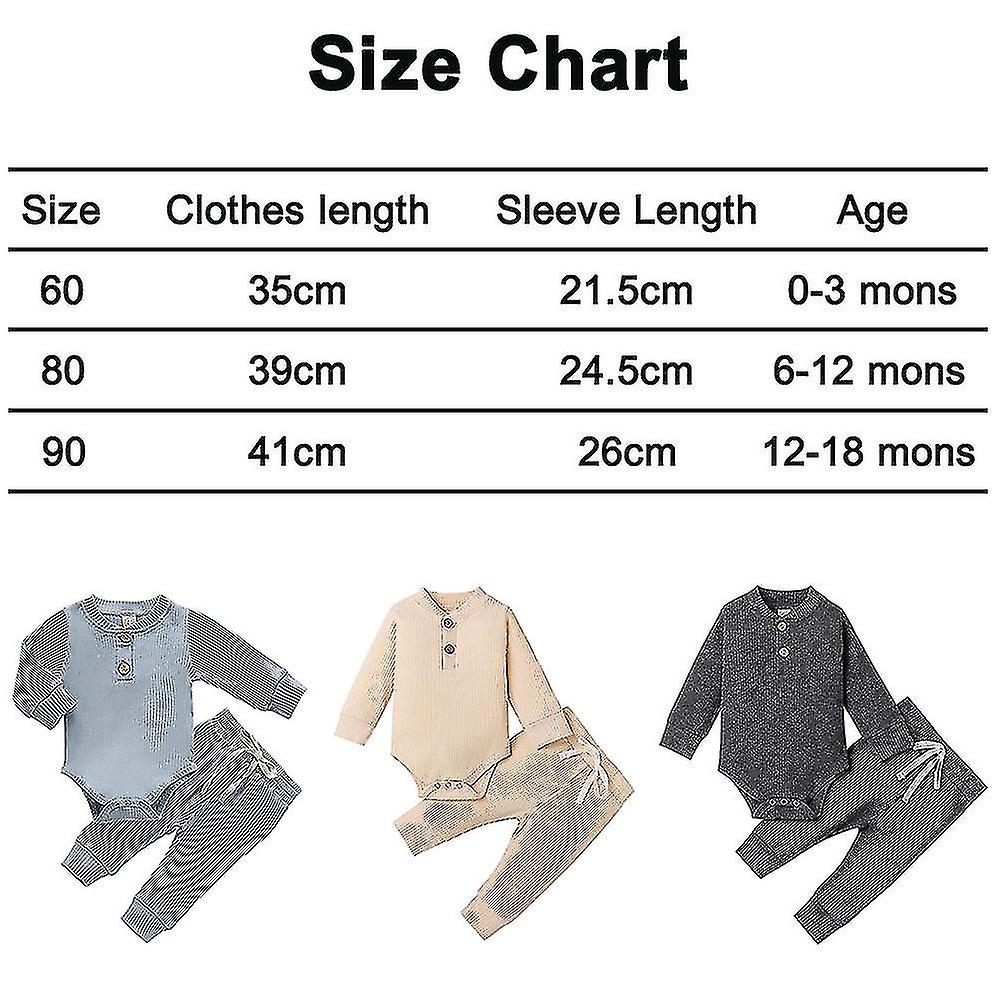
Is size 60 a standard size for most babies, or does it differ greatly?
Size 60 typically fits babies around 3-6 months old. But, every baby grows differently, and it's not a universal standard. Size 60 may fit some babies earlier or later than the 3-6 month range. Therefore, considering your baby's individual growth pace and comfort is essential.



